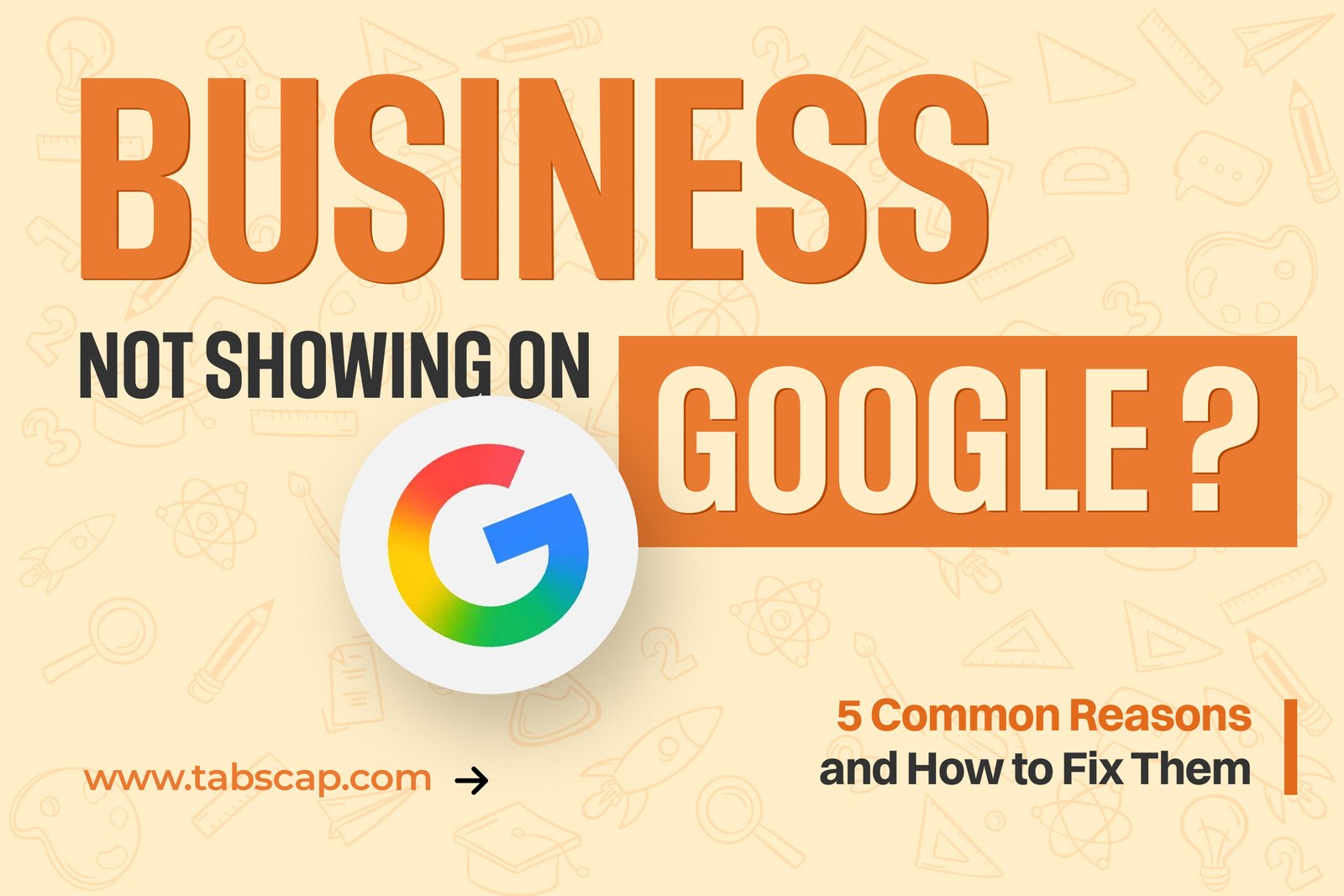

"Whenever we post, we write more than 500 words to rank on Google."
We often hear this phrase among our clients. They have read somewhere that if content is shorter than that, Google considers it thin content and does not index it.
And of course, when we tell them that this is a myth, they are stunned.
The thin content is a real problem of SEO, but it has little or nothing to do with the number of words that have a text.
To resolve this question once and for all, in this post we will explain:
- What thin content is and what types are there.
- How thin content affects SEO.
- Tools to detect it and how to correct it on your website.
Time to break some SEO myths.
What is thin content (really) and what does it mean for your company
Let’s start with the description.
Thin content is low-quality content or "poor content", which offers no value to users.
Or in other words, content that does not respond to the user’s search intention.
And from here, in part, the myth of 500 words is born.
Because, for example, for a search of the type “How to improve the conversion rate of my call to action”, it is clear that the user expects to find an extensive article that covers the topic in depth.
Therefore, a very short post will not be able to rank for this keyword.
Instead, notice what happens if we simply search for “What is a press release”.

Of the results that appear, the third (from howstuffworks.com) has 410 words in its post.
If the 500-word rule were true, this website should not even be positioned.
And here is the key.
Google interprets that for the search “What is a press release”, the user only needs a brief and direct response. Better even than a 1,200-word article.
In summary, what Google wants is for your content to have the necessary length to answer the user's question.
No more no less.
What are the consequences of thin content
What are the consequences of thin content
Below, in this post, we will see some examples of what Google really considers thin content.
But before that, we want you to be very clear about this.
The biggest problem with having low-quality content on your website is that it makes you lose SEO positioning.
And it can be quite serious.
For starters, when the Google algorithm analyzes your website and detects a large percentage of poor content, it applies an SEO penalty.
Besides, thin content also has other unpleasant consequences:
- Reduce the conversion (because the user does not find anything on your website that motivates them to purchase your product or service).
- Decrease the dwell time and increase the bounce rate.
- You convey a negative brand image.
- You consume crawl budget (the time the Google robot uses to analyze your website). The more junk content, the less useful pages are indexed).
- It worsens the user experience.
- As you can see, in addition to Google's penalty, many of these negative effects also indirectly affect your SEO positioning.
It is the dog biting its own tail.
Also read: 10 Copywriting Mistakes that Can Puncture a Hole in Your Digital Boat
What types of thin content are there?
Within the Google algorithm, the person in charge of analyzing the content of your website is Google Panda.
This part of the algorithm will penalize you if it detects any of the following types of thin content on your website:
Duplicate content: It is the duplicate content is within your same site, or if it belongs to different websites. The latter case would be that of e-commerce that copies the sheets of its products from the provider's website.
Automatically generated content: It is also called “spun content”. It is a black hat SEO technique in which texts created with an automatic tool are used to position a website, something that Google does not see favorably.
Doorways pages: These are pages that use a camouflaged 301 redirect to take a user to a different page without their consent, usually for spam purposes.
Pages with excess advertising: The page that is saturated with banners, or because it is a text with affiliate links that do not offer any real value to the user.
If you use black hat SEO techniques, you may suffer a manual penalty from Google (which implies a very serious loss of SEO positioning and even the complete de-indexing of your website).
How to detect and fix thin content on your page
We are going to divide this section into two parts:
How to detect pages with thin content on your website.
Good practices for not generating low-quality content (and how to fix it if you have it).
We start with the first point.
1. Tools to detect thin content
If you notice that your website loses positioning from one day to the next, or you do not manage to position yourself for many contents that you publish, you may have a thin content problem and you do not know it.
In that case, you can use the following tools:
Google Search Console: It allows you to check if the titles and meta descriptions of your website are duplicated.
CopyScape: It is useful to find out if the same text on one page of your website appears on another. The only limitation of this tool is that, in its free version, you have to check the URLs one by one.
Paid tools: In most cases, you will have to use paid tools such as Sistrix or Semrush to check if there is thin content on your website.
As you can see, a thin content problem can force you to spend money to avoid losing customers.
So, it is better if we cut it off at the roots.
2. How to avoid (or fix) thin content on your website
These are some guidelines that you must take into account when creating your content and that will avoid receiving a penalty for thin content (and incidentally they will also serve as a guide to solve it if you already have this problem).
A. Post original content
In other words, everything you publish on your website must be content that you have created and that cannot be found on another page.
This includes:
- The text of the different sections of your page (the homepage, the services page, etc.).
- The product sheets if you run e-commerce.
- The contents of the blog.
And this is not just because of SEO.
It is that if your business says exactly the same thing as everyone else, why would a client choose you?
B. Search intent before quantity
We have said it before in this same post, but it is such an important concept that we want to emphasize it.
The best way to avoid a thin content penalty is to offer the user valuable information.
That means considering search intent for a specific keyword, but also:
Avoid the fillers: If you can answer a query in 100 words, that's better than writing 1,200, and half of it is filler.
Take into account the type of keyword: Do not try to rank a transactional keyword with a post, or an informative one with your sales page.
Do not fill your website with advertisements: At first, you may get away with it and get some income from clicks on banners or affiliate links, but in the long run, an excess of advertising content will be expensive.
A low dwell time and a high bounce rate are the main sign that the content of a page is not useful to the user.
C. Do not copy, get inspired
Your competition's blogs can be a good source of ideas when you do not know what to write about.
But beware, it is not about doing a Frankenstein post taking a paragraph from here and another from there (something that, unfortunately, we see a lot).
What you have to do is take those articles as a reference to write your own, adding your own point of view and experience to it.
This is called “content curation”, and it is a practice that will allow you to find topics for your editorial calendar without incurring penalties.
D. Optimize your crawl budget by blocking some pages
A minor trick, but you know that in SEO it all adds up.
If you block the access of the Google robot to the parts of your website that you are not interested in positioning (such as terms and conditions etc.), you will ensure that you do not waste the crawl budget.
This is usually done from the robots.txt file or by indicating the "noindex" directive, but it is a delicate process. If you are not quite sure how to do it, it is best to leave it to your web designer or SEO expert.
Also read: 10 Fundamentals to Improve The SEO Of Your Website
Give your users quality content and keep Google happy
For the last one decade, we have created content strategies for many websites.
Thanks to that experience, we have a good perspective of what Google considers quality content.
If you also need help with this and want to have the peace of mind that Google does not penalize you, you can contact us and tell us about your project.
We will ensure that Big G becomes a friend of your page and it attracts clients consistently.



